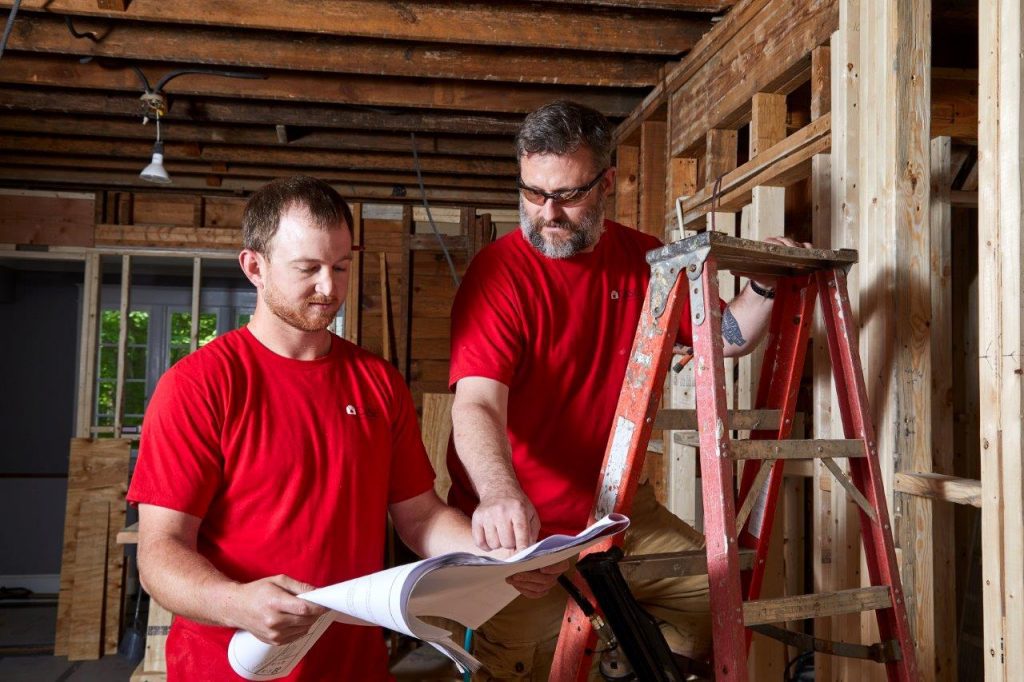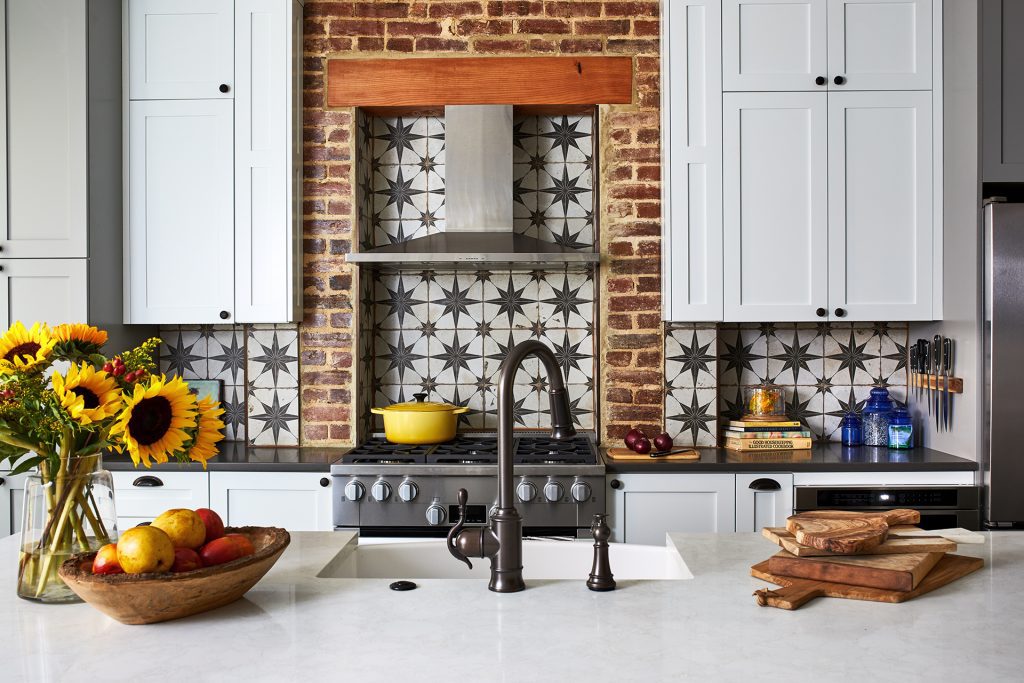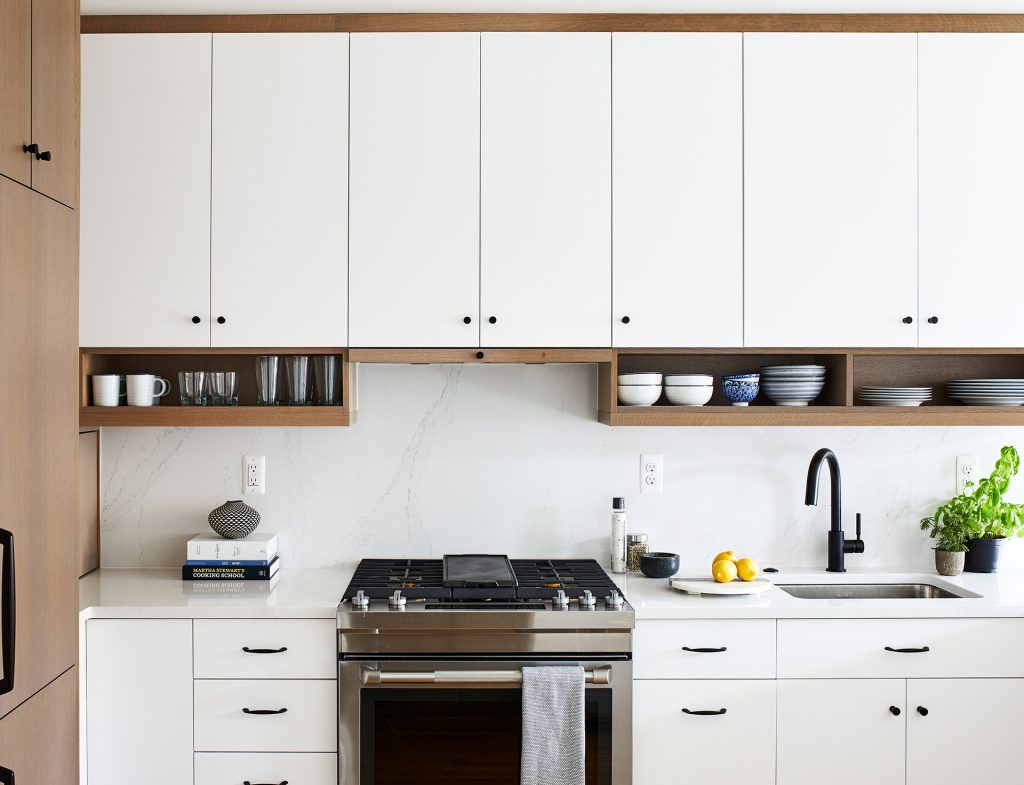Remodeling a home can be a complicated process. When we visit with potential clients, there are usually 3 primary question they have about their project. What is possible? How much will it cost? How long will it take?
You can learn more about how we determine what is possible and what remodeling projects cost in some of our other blog posts. Our issue is related to time and specifically a common fear in remodeling – delays.
In between the excitement of design and the actual enjoyment of the project is the construction phase. One of the biggest fears in this phase of the project is delays. Everyone has heard stories of a project gone wrong. A project that stretches well beyond its expected completion date and is full of delays and missed milestones. While this can happen, most of the time this worst case scenario can be avoided.
Let’s take a look at some of the major causes of project delays. You might be surprised to learn that they are not all construction related.
BUREAUCRATIC
In most jurisdictions, a permit is required to perform remodeling work. Some of these areas have very simple processes and others can be quite involved. Some projects involve a “walk through” permit that can be processed the same day as the application and some can take as long as 6 months for a permit to be granted. These timeframes are just for the building permit. Condo boards, neighborhood associations, historic districts and other local requirements may add to this time. If you are expecting to start a project soon after a construction contract is signed, make sure you or the firm you are working with, do the necessary homework on any permits or other requirements. Failing to do so could cause a delay in your start and completion dates.
PROCESS
The process you follow may be the unintentional or in some cases, the intentional cause of project delays. A project that is done in “phases” often takes longer to complete than a project that is approached as a single piece of work. This is often done intentionally. An example is remodeling 2 bathrooms in a condominium. If work in both baths is performed at the same time, it will take a few weeks less time than if they are done sequentially. But completing one bath before starting the next may allow the client to live in the unit while the work is being performed. The timeframe is longer, but it is an intentional decision to stretch out the total construction time.
Another example of process having the potential to cause delays is the “design as you go” approach. An example of this might be a large project where the basic design of the space is determined but details of the interior spaces remain to be determined when work commences. The idea is to make progress on demolition and framing while developing the details of items like the kitchen, bathrooms, built-ins, and other specialty items “just in time.” In theory, this is a fine approach. But… it takes discipline to make this process work. Design decisions can lag, materials can have unexpectedly long lead times, and other issues can come up that cause disruption in the construction process. What starts as an effort to speed up construction could result in unintentional delays if not carefully managed.
CLIENT
That’s right, the client can be responsible for delays on their own project. In the design phase of the project, there are hundreds of decisions to be made. Some people make these decisions quickly, others take their time, and some want to research every option available regardless of time. Take the path that is right for you, but realize that it may slow things down and cause delays in filing for permits and starting construction.
Changes or additional work can also have a significant impact on project timing. When those changes happen will also play a large role in how long the project is delayed and the costs involved in the change. Let’s use adding a window as an example. We are building an addition and as the framing is being constructed, you realize how nice it would be to add that window we discussed but decided against. Say something- now! If the project is still in the framing stage and you want to add a window, it is a fairly simple process. We will write an addendum telling you how much it costs and outlining how much time it will add. If you approve the change, we will order the window and add the opening in the framing. There really should not be much impact to project timing. We can still proceed with sheathing the exterior walls, electrical rough-ins, insulation, house wrap, and if the window has still not arrived, maybe even drywall. But… if you wait, much of this work just outlined may need to be undone. This could require multiple trades, lots of rework, and substantial costs, inconvenience and delays.
MATERIALS
The materials chosen for a project can play a role in delaying the work. The design and development of a project can take weeks or months. Permits take time. Because of this, you might occasionally discover that something selected is no longer available or the local stock has been depleted. Now you have to re-select or wait for the material to be restocked. Some items, like cabinetry, is often produced when ordered. There is no warehouse full of the exact cabinets that you selected. If the factory is busy, you may have to wait in line for our order to be produced.
CONSTRUCTION
If only there was a calculator to determine exactly how long a project would take to build was available! Construction time is developed based on the scope of work, materials selected, logistics of the project and the knowledge of the firm doing the work. There are many factors that can slow a project down during construction. At the top of the list is the weather. Several days of rain, snow or frigid temperatures can make certain types of work impractical. Materials that arrive damaged or late can cause delays. A slip in the sequence of activities that occur during construction can cascade through a project causing delays and lots of coordination challenges.
UNEXPECTED OR UNFORESEEN CONDITIONS
While it is impossible to see through a wall, a professional can pretty quickly analyze a house. Which walls are bearing? Where are plumbing stacks located? Are there ducts in that wall? But… sometimes things are not exactly what they seem. This is especially true in older homes. While rare, occasionally something will be found that is unexpected. As a general rule, surprises cause delays.
MISTAKES
People make mistakes. A cabinet is too big to fit, the crown molding was cut wrong, we need another box of tile. There are thousands of items in a remodeling project, every once in a while someone makes a mistake. It depends on what it was, and when it occurred, but a mistake can slow a project down.
Scared? Don’t be. While there are a million things that can cause delays on a project, most of them are avoidable. How? The following is a list of 5 things you can do to reduce the possibility of delays on your project.
- Work with a reputable firm that has a track record of producing the type of project you are considering. Make sure they develop a comprehensive “contract documents” package that includes a detailed contract and a set of drawings that depict the work to be performed. These documents will be the project roadmap.
- Make sure that a proper “walk through” of the project occurs before a contract is developed. The person responsible for managing the construction and all applicable trades (electrical, plumbing, HVAC) should attend. Depending on the scope of work, it might also be wise to have a structural engineer and the firm responsible for any foundation work present too.
- Select as many items as possible before signing a contract and make sure they are included in the documents. This is especially true for longer lead time items like cabinetry, exotic tile or countertops, some windows/ doors, and any other custom items.
- Commit to making decisions and sticking to them. Don’t start work until most of the major decisions have been made and limit changes once work begins.
- Set a weekly meeting during construction. Review what progress has been made, upcoming milestones, any decisions that are outstanding and what obstacles remain that could impact the timing of the project.
Careful planning while the project is being developed, regular communication during construction and realistic expectations typically yield an on time project. Don’t let the fear of a potential delay keep you from that dream project.
Want to learn more?
How Much Does It Cost to Remodel a Kitchen?
How Much Does It Cost to Remodel a Bathroom?
Top Ten Questions to Ask Before Choosing a Remodeling Firm
A Vision of Home: The CaseStudy®
How Long Will It Take to Remodel My Kitchen?
Should I Use a Home Equity Loan for Remodeling?



